Portrait/Interview:
Alexandra Malouta
This week graphic designer Berta Ferrer interviews interior architect Alexandra Malouta. I met them while shooting London’s latest co-living development, Old Oak, a project led by The Collective, which has been massively covered by the press recently. I was fascinated by the amount of energy necessary to design such a huge number of rooms, with extremely different atmospheres and strong characters: there’s a spa, a library, a game room, a cinema, a pub-inspired dining room, another inspired by Japan, a secret garden room, just to name a few. So when Berta introduced me to Alexandra, who was styling the rooms ahead of the shoot, designating the smiley young woman as the interior designer responsible for this huge project, I couldn’t resist and asked them if they would agree to make this interview happen.
So glad they did!
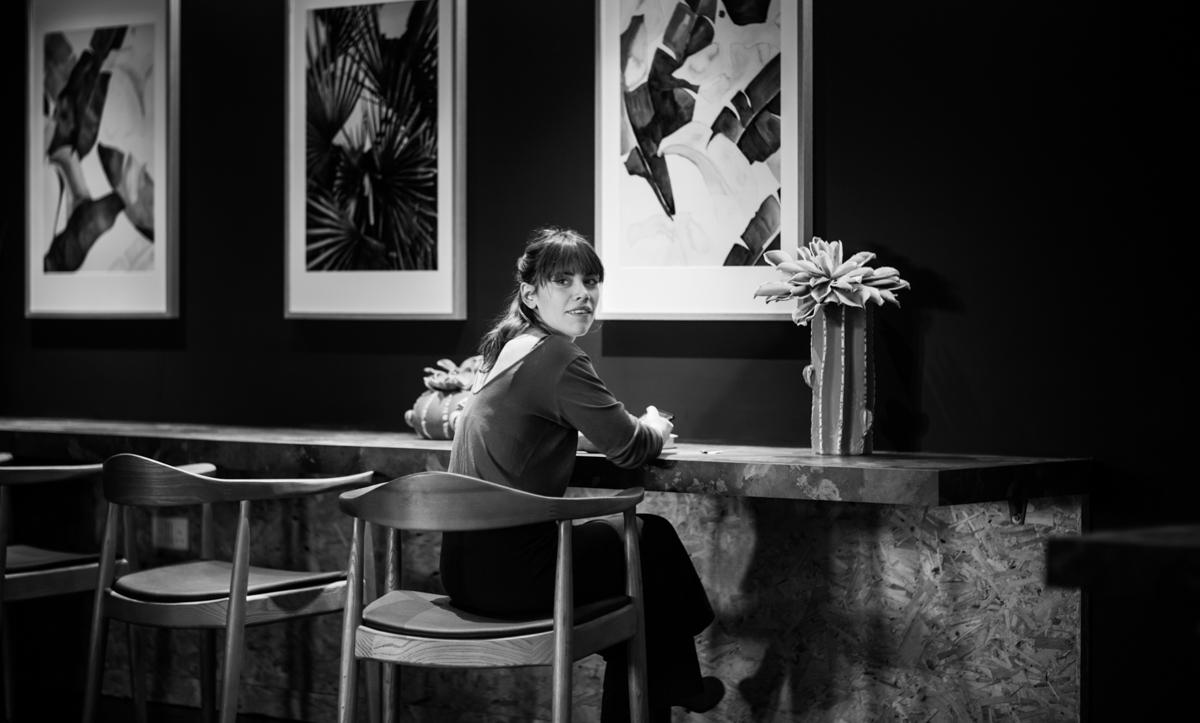
The room is empty. Our steps echo in the stillness of the space.
Light comes slowly through the curtains and we decide to sit on some pillows near the window. We have chosen the spa because is one of my companion’s favourite rooms in the building, and because its quiet atmosphere provides the perfect scenario for a relaxed conversation. Alexandra Malouta describes herself as an Interior Architect.
One might be tempted to ask what exactly that means, but it needs not much explanation after walking around and seeing how she has transformed the communal spaces of the world’s largest co-living building into small universes of their own. I have been working with her for more than a year now and I still remain speechless every time she uses her superpower as an architect and designer to create a new interior space.
Berta Ferrer: This is a huge project —an eleven storeys residential building with 511 units—, what has been the biggest challenge that you encountered in the process?
Alexandra Malouta: The scale of the project. It has been a challenge both personal and professionally, as it was the first time that I was dealing with such a large scheme. It is also the first big scale development for The Collective and we were all learning during the process.
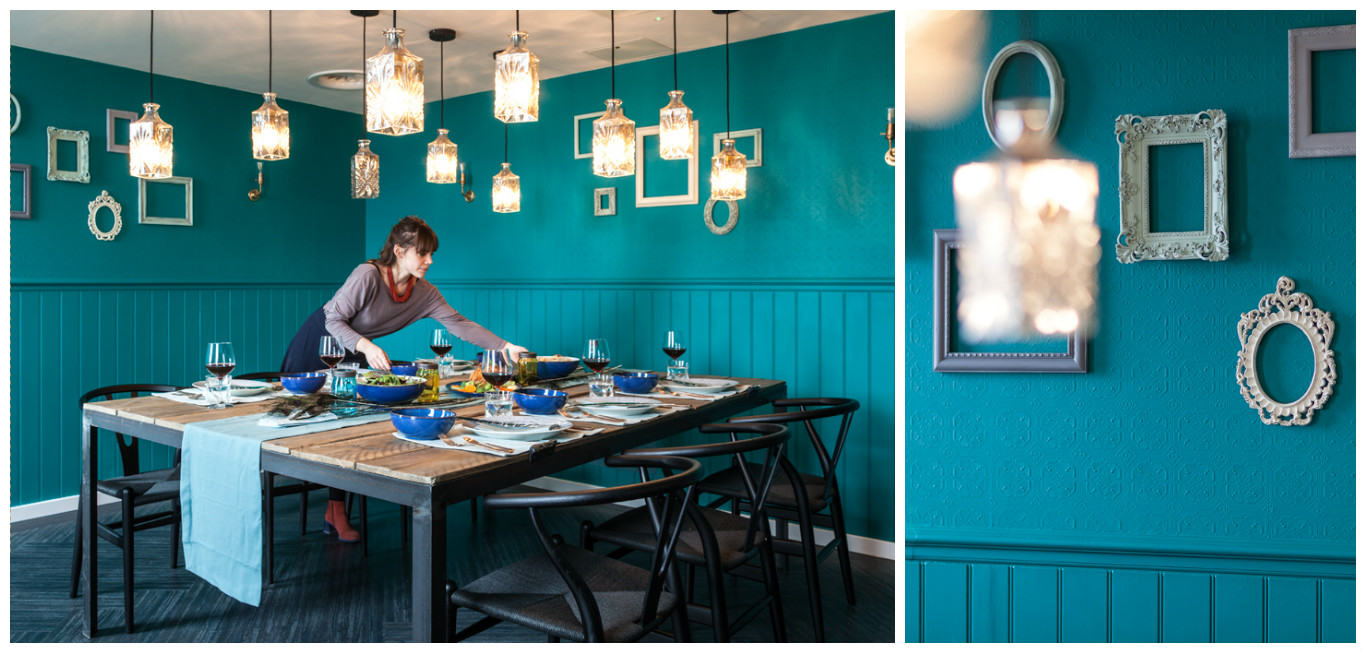
My favourite room in the building is the English pub, which has a very characteristic blue paint on its walls. How do you choose a colour?
I think is instinct. Some colours work and others don’t. Maybe I’m simplifying it a lot, but that is how I feel.
For example, I usually hate green and can’t really envision it working in a space. On the contrary, if I am in doubt or need a safe option, I go for grey. It always works.
When you pick a colour for a room, do you have already a style in mind? How do you start?
I wouldn’t say that I start with the style, but with the idea of the space.
I like to think of a central concept and from that point everything is very easy. For Old Oak this has been very helpful as every space had a specific theme, so I worked around them. Basically, I try to envision the idea and then I choose the colours, the furniture…
Which has been the most difficult room to dress?
The Games room. The space had a strong character of its own and resisted a bit when trying to come to terms with the interior design project. In the end, we managed to understand what the space needed and what was the best solution to it.
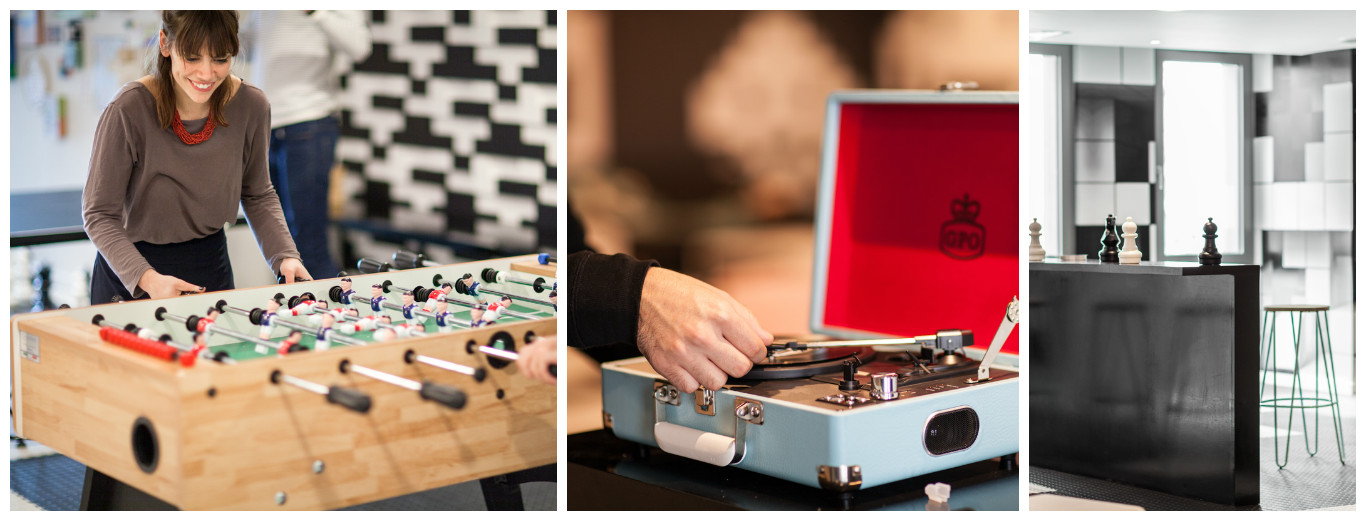
Is there any object that you would die to use in any future project?
I don’t have a specific object, but I like to use things that are not meant to be in interiors. I have this idea that I would love to do at some point, of using giant things to dress a room or put a boat in the middle of a space. Awkward things that would confuse people a bit and make them see the space in a different way.
As an interior designer, what do you miss from architecture?
They are very different fields and, at the same time, very similar. Being an interior architect has given me the opportunity to learn much more things on site than when I worked in an architecture studio. Sometimes, what I really miss is the scale of things. Interior design forces you to focus on details, whilst architecture gives a more general vision of things.
How do you choose a colour?
It’s instinctive. Some colours work and others don’t. Maybe I’m simplifying it a lot, but that’s how I feel. For example, I usually hate green and can’t really envision it working in a space. On the contrary, if I am in doubt or need a safe option, I go for grey. It always works.
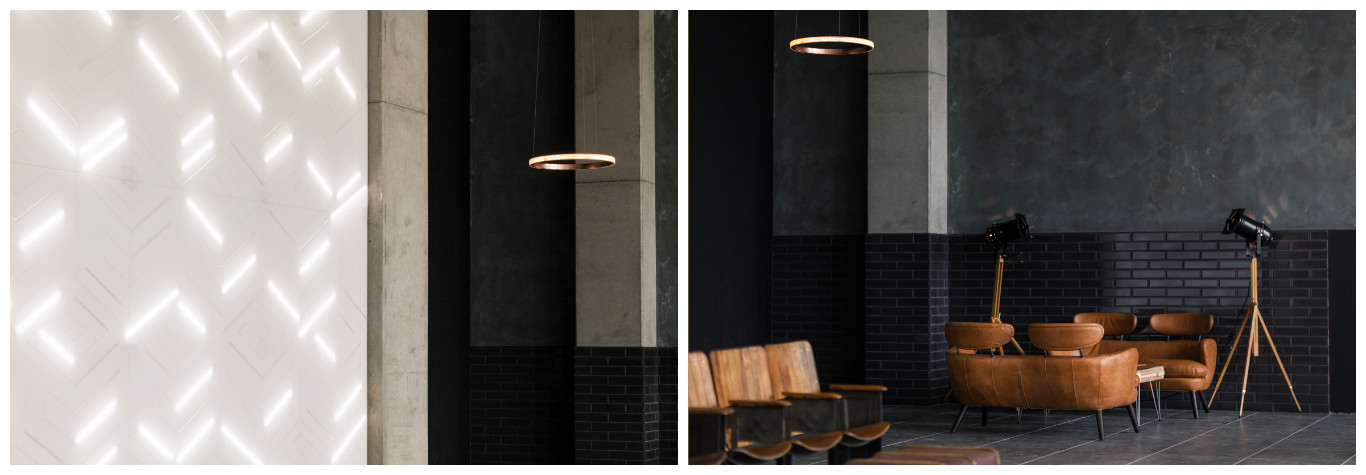
When you pick a colour for a room, do you have already a style in mind? How do you start?
I wouldn’t say that I start with the style, but with the idea of the space. I like to think of a central concept and from that point everything is very easy. For Old Oak this has been very helpful as every space had a specific theme, so I worked around them. Basically, I try to envision the idea and then I choose the colours, the furniture…
Which has been the most difficult room to dress?
Games room. The space had a strong character of its own and resisted a bit when trying to come to terms with the interior design project. In the end, we managed to understand what the space needed and what was the best solution to it.
Is there any object that you would die to use in any future project?
I don’t have a specific object, but I like to use things that are not meant to be in interiors. I have this idea that I would love to do at some point, of using giant things to dress a room or put a boat in the middle of a space. Awkward things that would confuse people a bit and make them see the space in a different way.
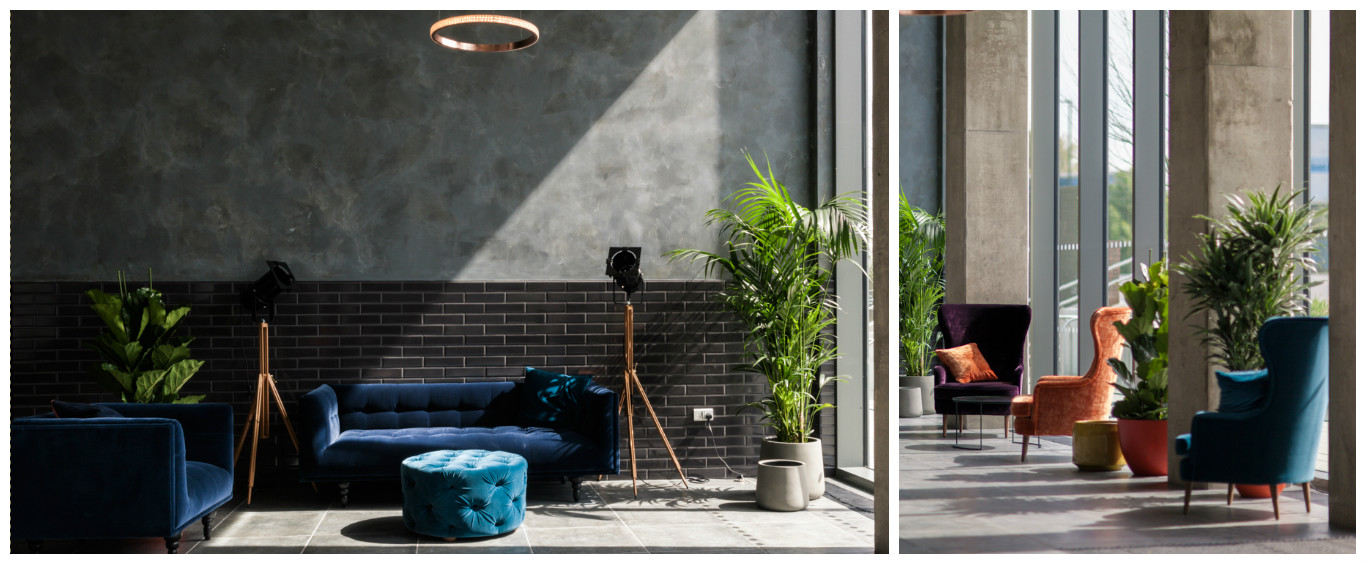
As an interior designer, what do you miss from architecture?
They are very different fields and, at the same time, very similar. Being an interior architect has given me the opportunity to learn much more things on site than when I worked in an architecture studio. Sometimes, what I really miss is the scale of things. Interior design forces you to focus on details, whilst architecture gives a more general vision of things.